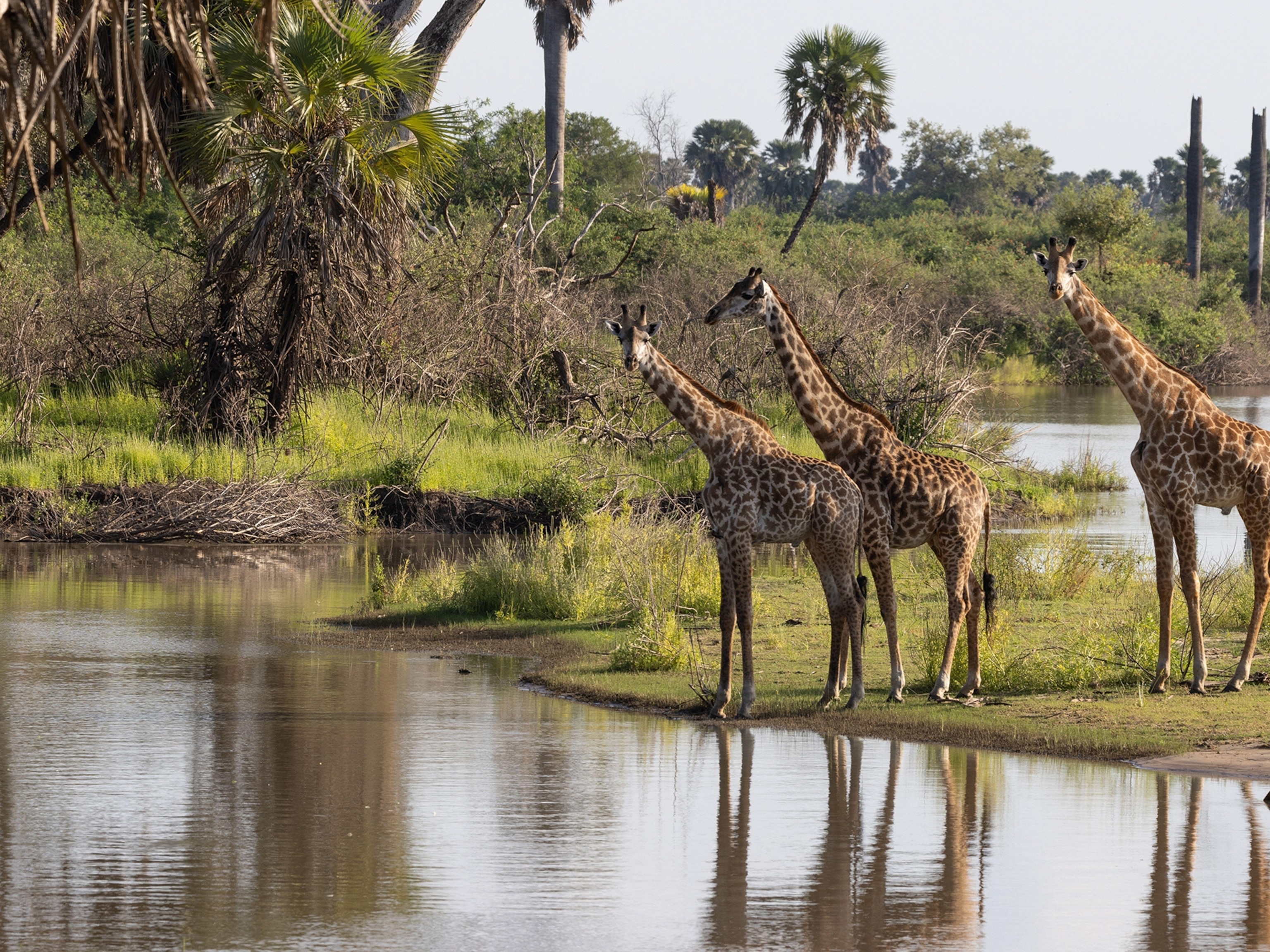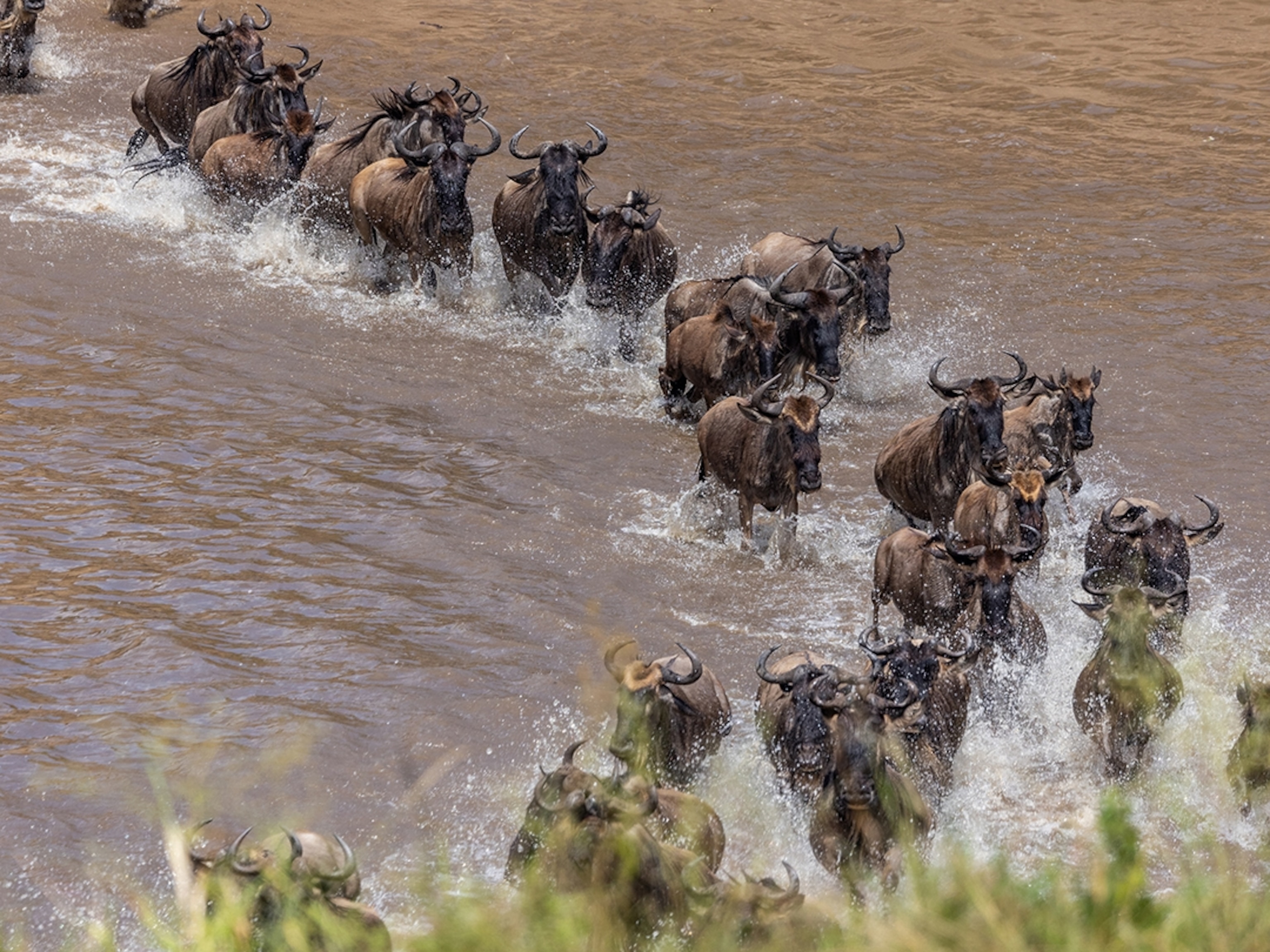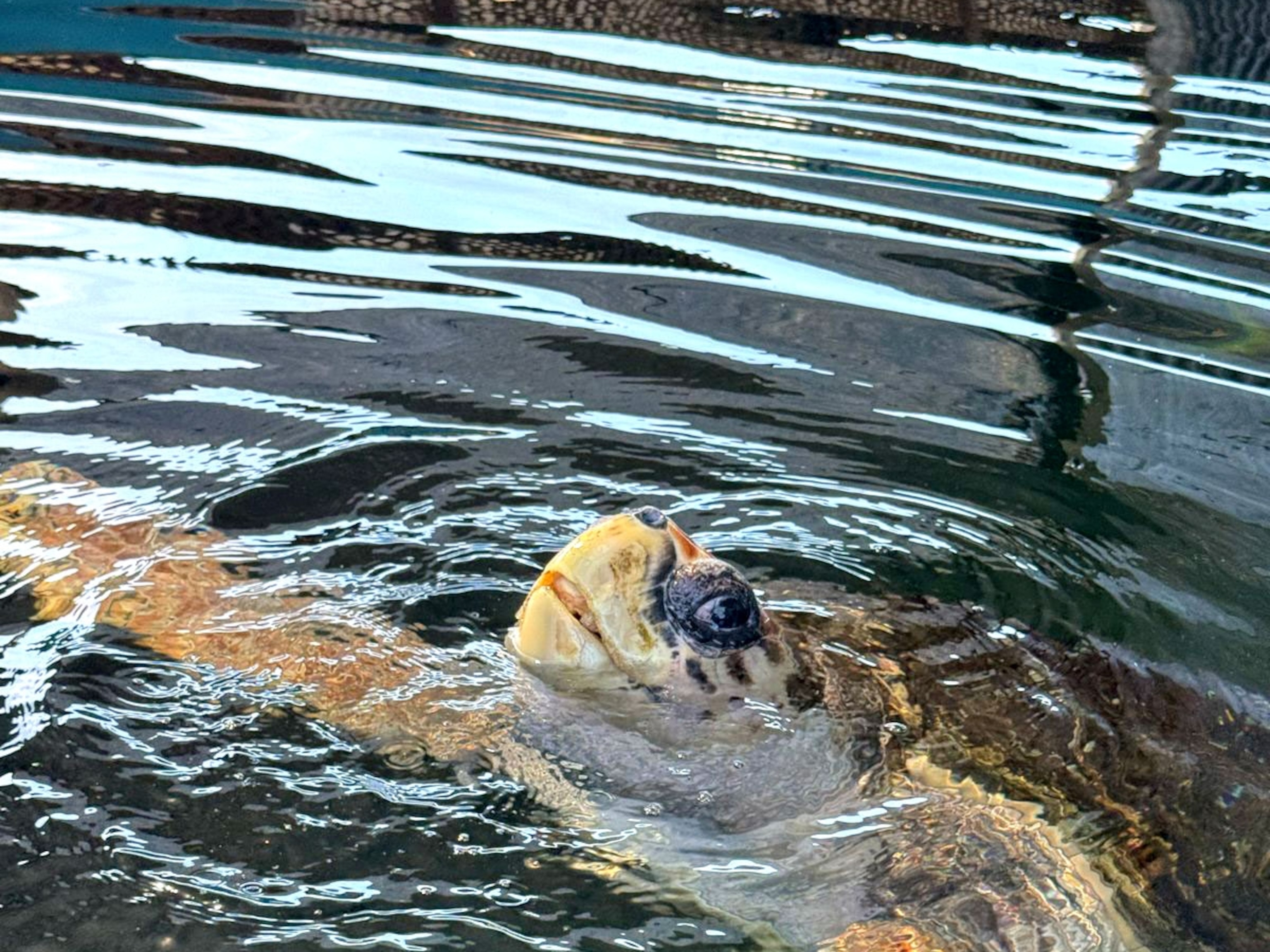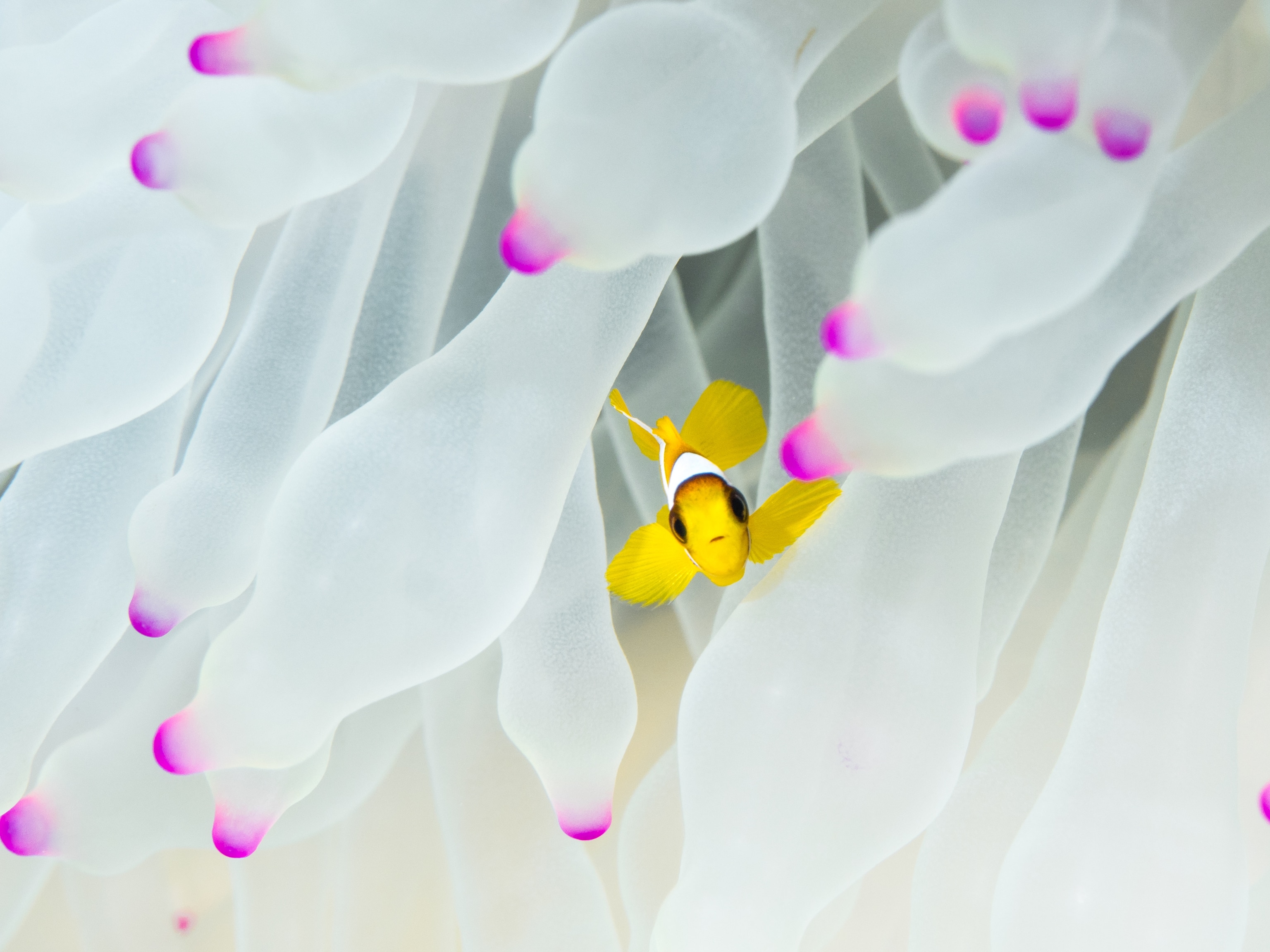More Sharks Ditching Annual Migration as Ocean Warms
Blacktip sharks usually travel in the tens of thousands from North Carolina to Florida. But thanks to climate change, more are staying put.
The annual migration of blacktip sharks from southern Florida to North Carolina has begun—and researchers who track this amazing ritual say there are seeing only about one-third the usual number.
The sharks—all male—swim south during the coldest months of the year and head north when spring arrives to mate with females. But for the past two years, many sharks are staying north, thanks to the East Coast's warming waters.
That could be a problem. These traveling sharks keep Florida's coastal ecosystem healthy by weeding out weak and sick fish, and thereby helping to preserve coral reefs and seagrasses.
Stephen Kajiura, a marine biologist at Florida Atlantic University, has been tracking blacktips for 15 years, climbing into a single-engine Cessna 172 and flying low over Florida's crystal-clear waters with a camera poking out the window.
He and his crew then jump in a boat to tag some sharks with a small acoustic device, or a longer-lasting satellite receiver. In past years, they've counted as many as 15,000 sharks in a single group. But not this season. (See our favorite shark videos of all time.)
"This year has been strange," Kajiura says. "Last year was unusually warm all winter: The water temperatures never got below 73.4 Fahrenheit. This year, the temperatures have risen dramatically to 78.8 Fahrenheit. It's now even hotter than this time last year."
Heading North
The underwater heatwave is the result of seasonal variability—just like there are cool summers and warm winters on land.
But over time, Kajiura believes this migrant shark population will permanently shift northward in response to long-term rising ocean temperatures, which are linked to global climate change. Many of these changes are already underway.
In fact, the waters off the northeastern U.S. have warmed faster than more than 99 percent of the world's oceans in the past decade, according to Vince Saba, a marine biologist at the National Oceanic and Atmospheric Administration's Northeast Fisheries Science Center.
"We are seeing a northern shift in most of our fish stocks: winter flounder, summer flounder, herring, and mackerel," Saba said. "Some of those species are part of the coastal sharks' diet."
Incredible Photos of Sharks in the Wild
Since 1960, the patch of ocean from Cape Hatteras, North Carolina, to the Gulf of Maine has warmed by 3.6 degrees Fahrenheit. While that might not seem like much, to fish and other marine life, it's the difference between life and death. (Read about a new species of shark discovered in Florida.)
"We can put on a coat, or if you are a lizard you can bask in the sun; but fish don’t have that option," said Malin Pinsky, a marine ecologist at Rutgers University. "Fish can’t escape temperatures. Even half a degree or a degree can be a lot for their ability to survive and reproduce."
That's why the blacktip sharks, just like cod, dogfish, and a host of other fish species, are moving north to get more comfortable—and follow their food supply.
Dangerous Catch
Swimmers and surfers might see more of these sharks along the northeastern coast. Although they're not aggressive, some people have been bitten by sharks that mistake their legs or feet for food. (Read the psychology behind our fear of shark attacks.)
Fishermen are affected by the shift in fish populations, too.
Commercial boats based in North Carolina used to spend a day at sea catching valuable summer flounder, returning home at night. Now they are forced to sail hundreds of miles north to fill their hold—which is more expensive and makes for a more dangerous catch.


































